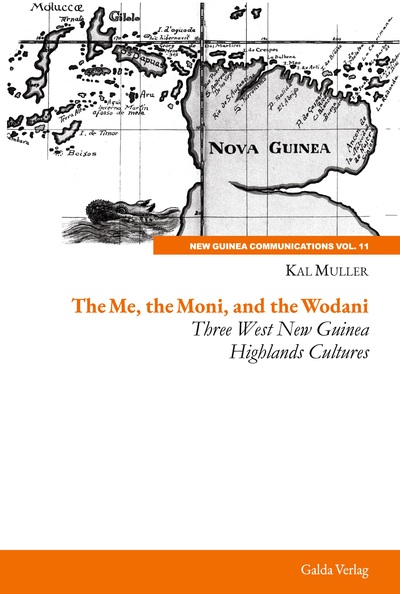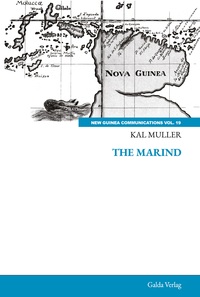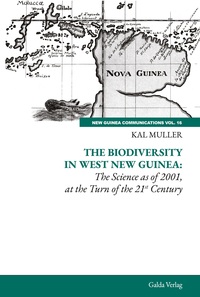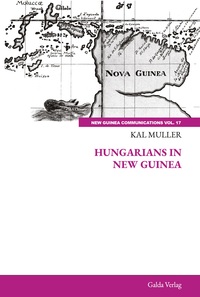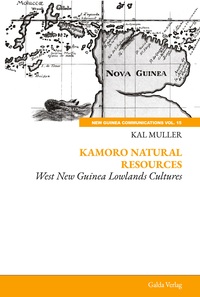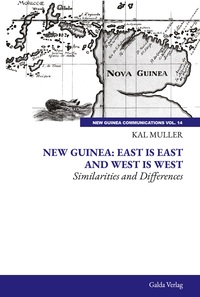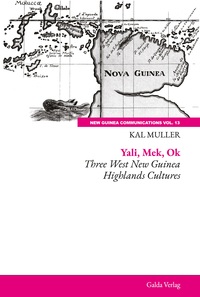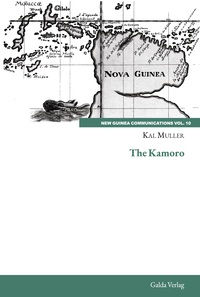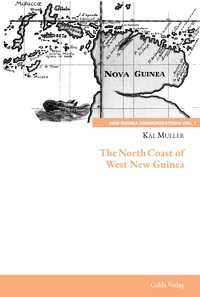Nous utilisons des cookies pour améliorer votre expérience. Pour nous conformer à la nouvelle directive sur la vie privée, nous devons demander votre consentement à l’utilisation de ces cookies. En savoir plus.
The Me, the Moni, and the Wodani
EAN : 9783962032470
Édition papier
EAN : 9783962032470
Paru le : 10 févr. 2023
49,00 €
46,45 €
Disponible
Pour connaître votre prix et commander, identifiez-vous
Notre engagement qualité
-
 Livraison gratuite
Livraison gratuite
en France sans minimum
de commande -
 Manquants maintenus
Manquants maintenus
en commande
automatiquement -
 Un interlocuteur
Un interlocuteur
unique pour toutes
vos commandes -
 Toutes les licences
Toutes les licences
numériques du marché
au tarif éditeur -
 Assistance téléphonique
Assistance téléphonique
personalisée sur le
numérique -
 Service client
Service client
Du Lundi au vendredi
de 9h à 18h
- EAN13 : 9783962032470
- Réf. éditeur : 286784
- Date Parution : 10 févr. 2023
- Disponibilite : Disponible
- Barème de remise : NS
- Nombre de pages : 208
- Format : H:230 mm L:155 mm E:13 mm
- Poids : 354gr
- Résumé : THE BOOK The Me, Moni and the Wodani linguistic groups are located at the far western end of West New Guinea's central mountains. This is the first book in a series that covers the major highlands groups in West New Guinea (WNG), from the Paniai Lakes to the border with Papua New Guinea. The next book will combine the Lani and the Dani while the last volume covers the Yali, the Mek and the Ok. During his 20 years of residence in WNG, the author had the opportunity to visit the Me and the Moni on several occasions and he also made a single trip to the isolated Wodani group. While visiting these ethno-linguistic clusters, he took many photographs, as well as obtaining information on ethnography and history. This complemented his exhaustive reading on books written on the Me and the Moni, as well as ethnographic material on the Wodani by a single French author who had spent two years with them. Some of the cultural background material on the Me and the Moni was written by Papuans belonging to those groups. The rest comes from Dutch and other foreign authors. The highlands groups show many similarities as well as differences with each other. By living in a similar environment, they share a lifestyle based on sweet potato cultivation and raising pigs. These animals are usually only killed for ritual reasons. Pigs also are still integral parts of the bridewealth negotiations, even as the cash has recently begun to play an important part. Our illustrated books on the highlands concentrate on the history of each group and information about their cultures. Any unusual features are underlined, such as the role of the Paniai Lakes play in the life of the Me and important the role of the natural saline springs and pools for the making of the best quality salt in the mountains. This salt was a crucial element in the trade that began long before the arrival of foreigners and reached from the Baliem Valley to the Paniai Lakes. THE SERIES The aim is to provide a conduit for the publication of studies on the Island of New Guinea, with its two established political divisions, but will also include other associated patterns of islands. It will enable contributions from new knowledge workers—with their dissertations—and from established scholars. As there are numerous scholars who would like better coverage of the areas in which they have explored—as a tribute to the people they have worked with—as well as local scholars who understand the importance of their unique areas. It is felt that the approaches being trialed in the visual anthropology part of the series as area studies will bring a wider attention to the remarkable nature of the island. The first volumes will be on modes of communication: oral history and folklore, and the emergence of a local literature. While the representation of all disciplines is welcome, comparative and whole island studies would be of great interest as well. For this, collaborative works or edited volumes may be needed. It will allow for academic publications of a more preliminary kind—rather than exhaustive monographs, which are becoming more and more impossible to produce. Where is the knowledge we have lost?
- Biographie : Dr Muller spent 22 years working and living with two Papuan groups, allowing him access to excellent relations with not just the people but also prominent academics and scientists and their resources.

